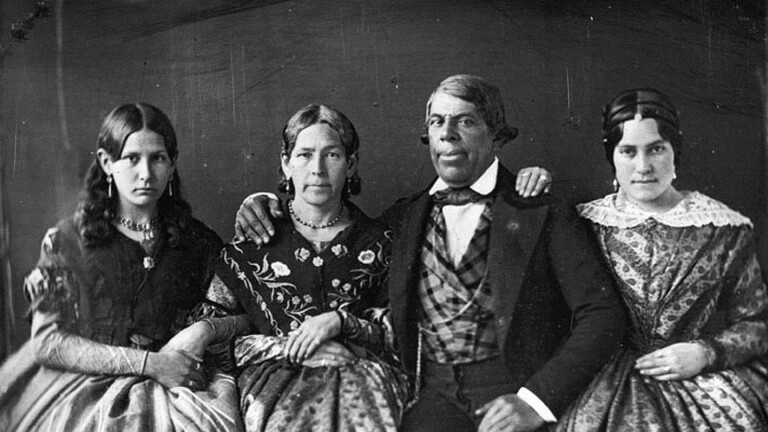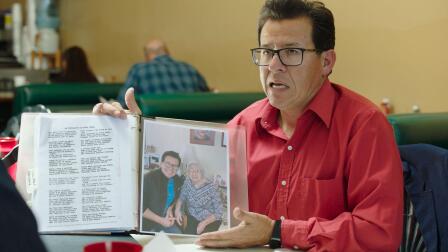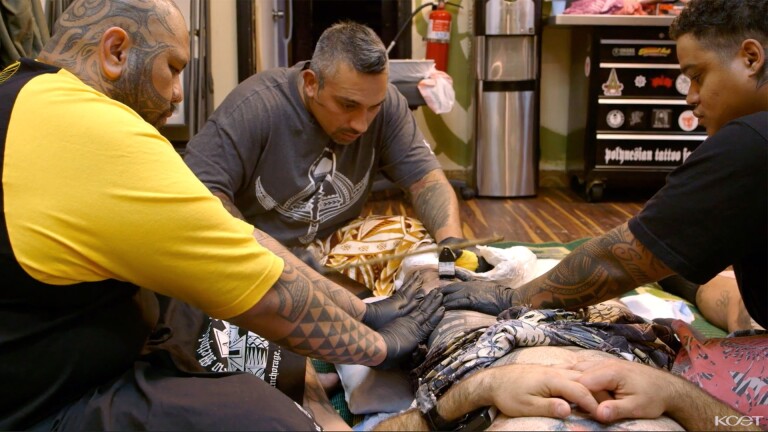Back to Show
Lost LA
Pacific Islander Artifacts at the Bowers Museum
Join Lost LA host Nathan Masters at the Bowers Museum in Orange County to view its large collection of Oceanic art and learn the story of Pacific Islanders through their own material culture. Discover the origins of the word "Tiki" from Māori mythology — and how tiki bars drew their decor inspiration from Polynesia, Melanesia and beyond.
Support Provided By
Related

26:40
California’s deserts have sparked imaginations around the world. This episode explores the creation of the Salton Sea; the effort to preserve Joshua Tree National Park; and how commercial interests created desert utopias like Palm Springs.

51:47
"Lost L.A.: Descanso Gardens" explores the history of one of southern California's most-beloved public gardens.

26:50
Americans have long looked at the California shore and seen the end of the continent. Instead, this episode interprets that sandy edge as the beginning of a Pacific world.

25:06
See how the many restrictions many Angelenos had to navigate, exposing Los Angeles as a place of coded segregation and resistance.

23:50
Los Angeles is often identified with Hollywood, but there's more to the entertainment industry than its facade of movie stars and blockbuster films.

25:32
Wood, iron, steel, concrete -- these are the materials that gave form to Los Angeles and shaped its identity in the national imagination. This episode also questions the cultural legacy and environmental costs of the city's relentless growth.

26:50
American history has long been told as a triumphant march westward from the Atlantic coast, but in southern California, our history stretches back further in time.

28:32
In this episode, "Lost LA" examines how the modern metropolis has reshaped its own topography. The program explores downtown L.A.'s lost hills and tunnels, as well as the vanished canals of Venice Beach.

20:57
In this episode, "Lost LA" explores the various ways Southern California's inhabitants have used the hills around Dodger Stadium.


















